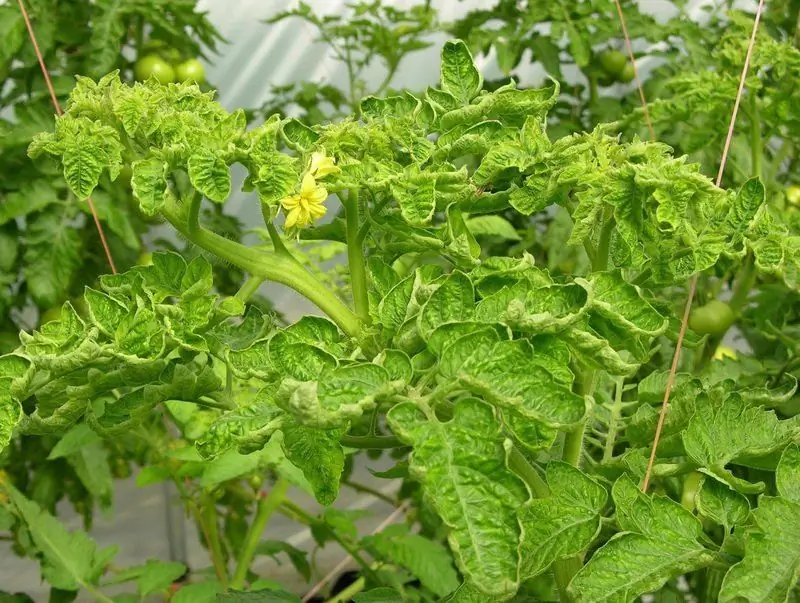
Table of contents:
- Author Bailey Albertson [email protected].
- Public 2024-01-17 22:26.
- Last modified 2025-01-23 12:41.
Why curly tops of tomatoes in the greenhouse and open field
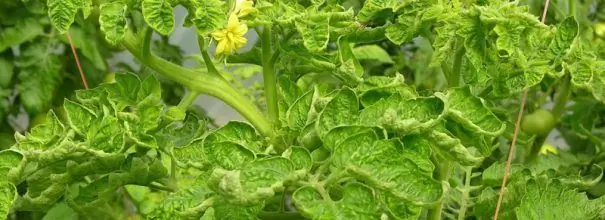
In the process of growing tomatoes, it happens that their leaves begin to curl, the tops curl. This negatively affects the development of culture, harvest, because a twisted leaf plate cannot receive a sufficient amount of sunlight, fully participate in photosynthesis, it produces a smaller amount of substances used for plant growth and fruit formation.
Why do tomatoes have curly tops: care errors
Curly tops of tomatoes can be observed both in seedlings and in adult plants. Temperature drops and insufficient watering are the most common causes of leaf curl. At air temperatures above +30 degrees, the plant is forced to twist the leaf plate in order to reduce the evaporation area. The lower leaves in this case remain normal, since they are less illuminated by the rays of the sun. Tomatoes respond in the same way to insufficient moisture.
In this case, it is recommended to take the following measures:
- organize regular ventilation of greenhouses and greenhouses, especially on hot days;
- increase air humidity with water spraying;
- the roof of the greenhouse can be covered from direct sunlight with any non-woven material (spunbond, lutrasil);
- place a layer of hay or straw on top of the dark mulch.

When watering, it must be borne in mind that the root system of the plant lies deep, therefore moisture should be abundant, and not superficial
The top leaves of tomatoes begin to curl up into a ring with an excessive amount of nitrogen fertilizers. At the same time, the plant has a thickening of the stem, excessive juiciness and fragility of the leaves. Potash feeding can help correct the situation:
- one glass of wood ash is added to 10 liters of water and tomato bushes are poured with the prepared solution;
- potassium sulfate is dissolved in water (1 teaspoon of fertilizer per 1 liter of water). The resulting solution is used to spray the leaves.
Chloritic curl of leaves
The top leaves of tomatoes can curl due to chloritic curl damage. This viral infection is characterized not only by the curl of the top, but also by the lighter color of the leaves, as well as a slowdown in the growth and development of the bush. The disease is transmitted through contaminated soil and seeds. Therefore, before sowing, it is necessary to pre-treat the seeds and organize the disinfection of the soil.
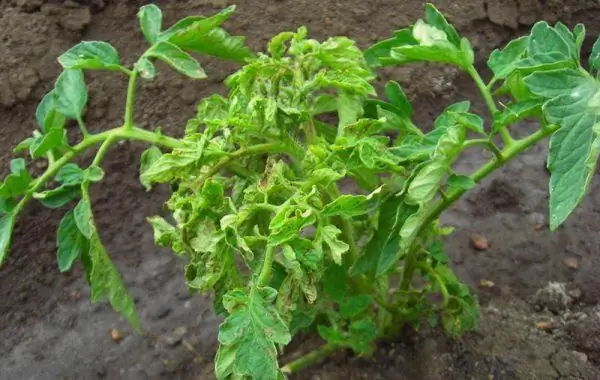
The spread of the pathogen is facilitated by the increased humidity of the air and soil
Tomato pests
Leaf curl can also be caused by an invasion of pests:
- aphids;
- whitefly;
- spider mite.
Photo gallery: pests that cause curly tops of tomatoes
-

Whitefly on tomato leaves - Not only adult whiteflies, but also larvae and their waste products are dangerous for the normal development and productivity of the plant.
-

Aphids on tomato leaves -
Aphids, when sucking out juices, introduce a specific substance into the plant tissue, which deforms the stem and twists the leaves
-

Spider mite on tomato leaves - The spider mite feeds on the cell sap of plants, and especially often it can be found on tomatoes in the greenhouse
The fight against insect pests should be started immediately after their detection, using drugs such as Iskra, Fitoverm, Aktofit. It is recommended to process plants in the morning or in the evening at an air temperature not higher than +25 degrees, while strictly following the instructions for use.
Proven folk methods are an alternative to chemical agents. One of the most common and effective treatment is soap solution:
- Grind the bar of laundry soap.
- Dissolve the shavings in 10 liters of water.
- Rinse the damaged leaves with the prepared solution, paying special attention to their lower part.
The problem of curly tops of tomatoes requires prompt identification of the causes of the disease and immediate adoption of effective measures.
Recommended:
How To Pinch Tomatoes Correctly In A Greenhouse And Open Ground (video, Photo, Diagram), Which Varieties Do Not Require Pinning
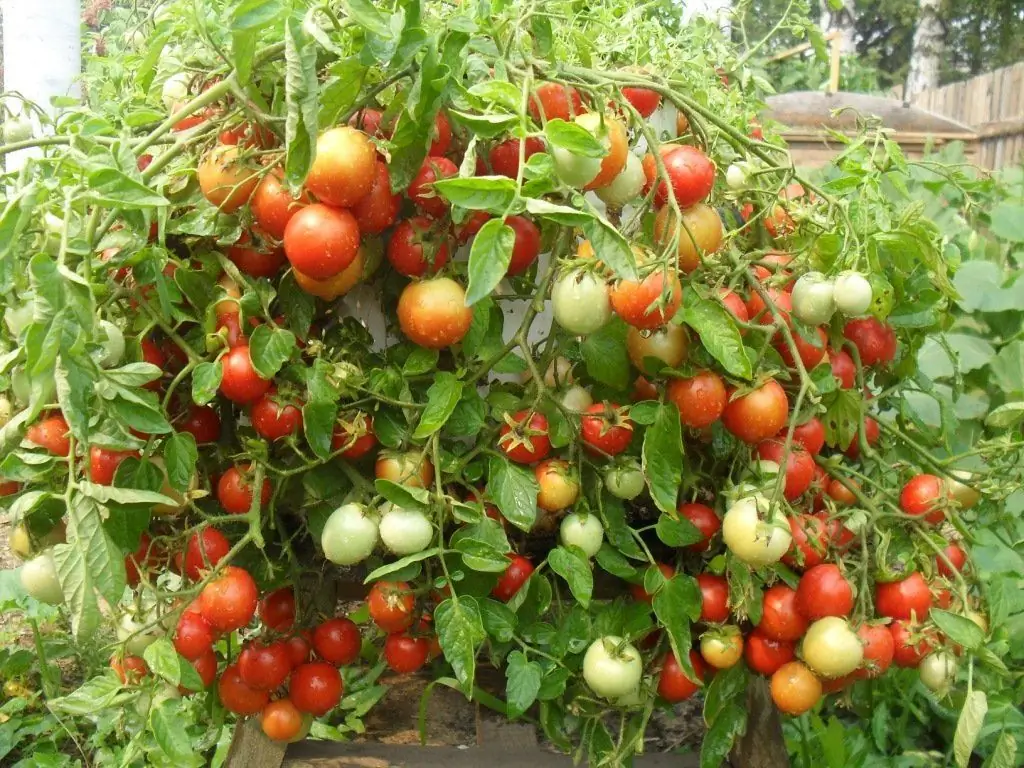
Practical advice for pinching tomatoes of different varieties. Pinion schemes for the formation of a bush in one, two and three stems
Low-growing Tomatoes For Open Ground Without Pinching: Descriptions Of Varieties With Photos And Reviews
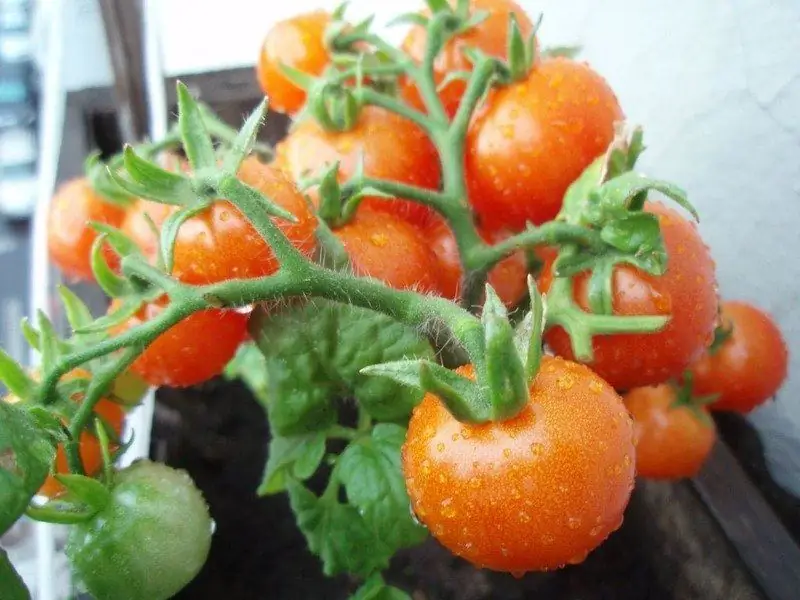
Low, unsaturated tomatoes do not require regular monitoring. And a large selection of varieties allows you to grow them in any region of the country
Planting Tulips In Spring: When And How To Plant Correctly In Open Ground And Pots
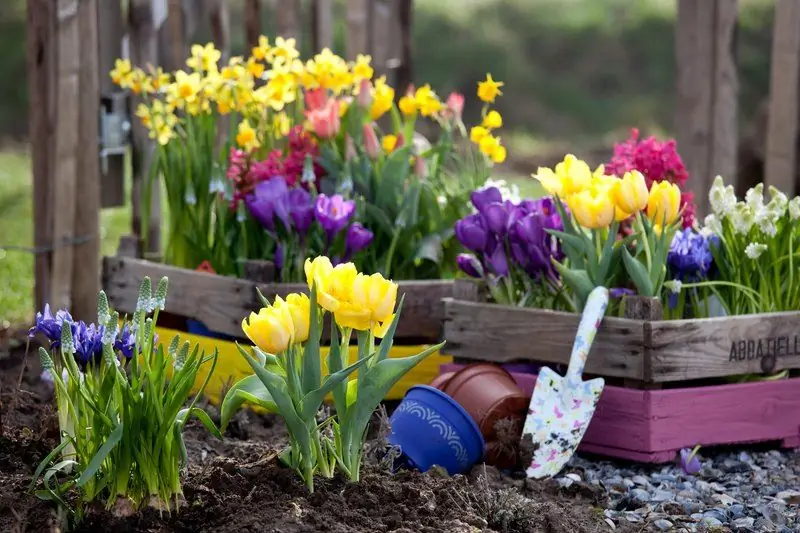
How to properly plant tulips in spring in soil and pots. When tulips are planted in spring, favorable days for planting according to the lunar calendar, nuances for the regions
Spraying Tomatoes From Late Blight In The Greenhouse And Open Field
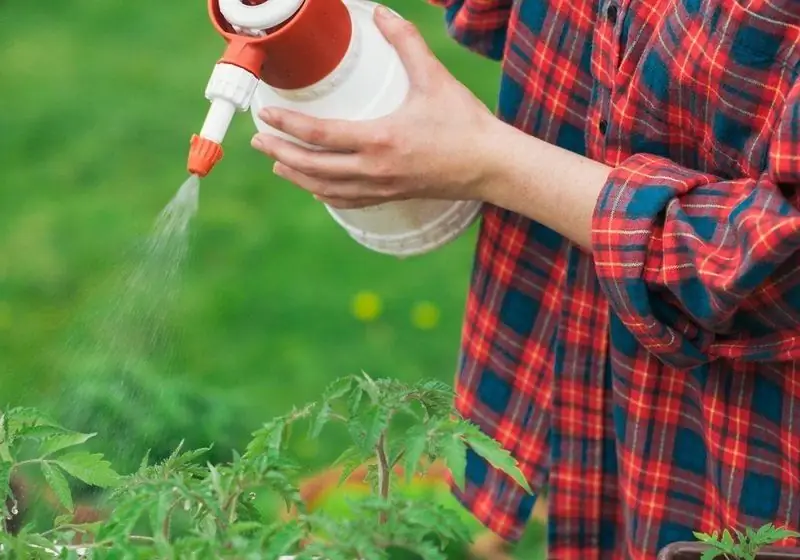
What is late blight and what does it look like. Preventive spraying of tomatoes with folk remedies. Treatments with biologicals and inorganic fungicides
Why Do Tomatoes Crack And Burst (on A Bush In An Open Field And In A Greenhouse), What To Do

Why do tomatoes crack and burst (on a bush in an open field and in a greenhouse). How to deal with the problem
